
UDK: 611(092)
A.V. Borisov, N.I. Goncharov, I.V. Chvastunova
Кафедра анатомии человека Санкт-Петербургская государственная медицинская академия им. И.И. Мечникова, ВолГМУ
In XVII century, due to the works of G.Aselio, J.Pecquet, O.Rudbeck, Th.Bartholinus, the concept of the lymphatic system as a distinctive duct system was developed. Considerable pole was played by the works of N.Stenon and F.Ruyseh, who discovered valves in the lymph vessels. Especially great progress in the study of anatomical lymphatic system was reached in XVIII century, due to the research of P.Mascagni. Firstly, the link between the lymph vessels with the serous membrane was established. It was shown that all lymph vessels intermit at the lymph nodes, described in the pathology of lymph vessels. Mascagni’s classical monographs, devoted to this problem, 2 of them are kept in the library of the Volgograd State Medical University and Saint-Petersburg: “Anatomia universale descrittiva” (Firenze 1839) and “Vasorum Lymphaticorum corporis humani historia et ichnographia” (Siena 1787). Analysis of these works from the modern point of view contributes first of all to the national lymphology: Functional conditionality of anatomical structure in the researches by G.M. Jossifov and colleagues (D.A.Zhdanov, V.N. Nadezhdin and others), the study of the morphology of lymphatic organs from the view point of its connection to the organism of the immune system (М.R.Sapin and his colleagues), experimental research of the lymph outflow and its correlation with the venous outflow in normal and pathological condition (Yu.I.Borodin and colleagues); and even from the standpoint of comparative anatomical research of the lymphatic system and its embryological development (A.V. Borisov and V.M.Petrenko and colleagues).
Кафедра анатомии человека ВолГМУ